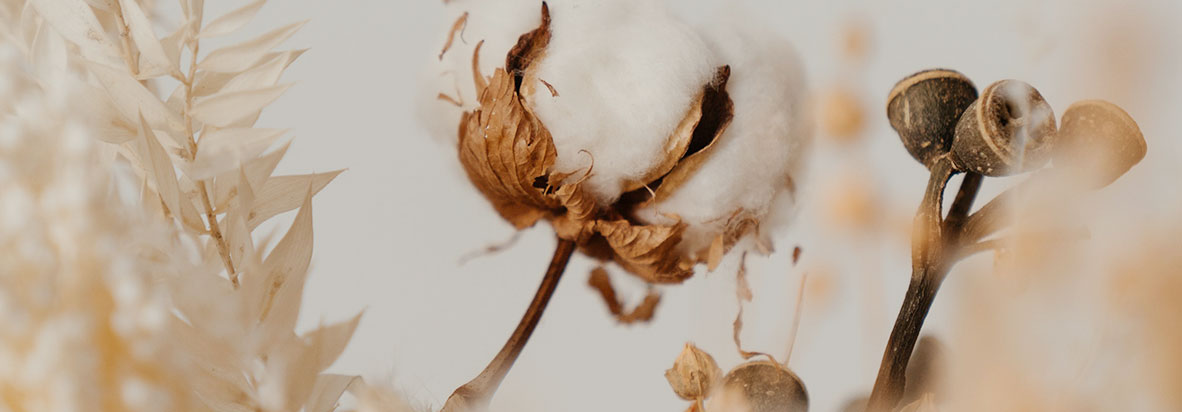- PRIVACY POLICY
- About
- All Categories
- Areca Palm
- Best Sellers
- Blog
- Bulk Orders
- Cart
- Chat with us
- Checkout
- Collections
- Contact For Bulk Order
- Corporate Gifts
- Cotton for a cause
- Covid-19 Update
- Customer Reviews
- Customised Curtains
- Customize
- Diwali Sale
- Edit Order
- explore
- Export Customer file for Facebook
- Feedback
- Furnish Your Dream
- Furniture
- Get in touch
- Gift Cards
- Holiday
- Home
- Home old
- Home1
- International Orders
- Kitchen and Table Best Sellers
- Limited-Time Deals
- Linen
- My Account
- My Gift Card
- New Arrivals
- Payment Policy
- Returns and Cancellation Policy
- review
- Sale
- Sale Category
- Sale Today
- Shipping Policy
- Shop
- Shop the Look
- Subscribe
- Support
- TERMS & CONDITIONS
- test page
- test page
- Thank you
- Thank you
- Thank you
- Thoppia Best Sellers
- Track Order
- Verification
- Weaver’s Diary
- Wishlist
International Shipping Available: For details, click here.
Free Shipping: Domestic orders (within India) above ₹999 | International orders above $89.
New User Offer: Use WELCOME200 to get ₹200 off on Subtotal above ₹2999* (India only).
Prepay and Save: Enjoy extra discounts with prepaid orders.**(India only).
THOPPIA500: ₹500 off on Subtotal above ₹12,499*** (India only).
THOPPIA1000: ₹1000 off on Subtotal above ₹24,999*** (India only).
Exploring And Promoting Sustainable Fashion/Decor
When you browse through and choose a sustainable product for yourself, what you are doing is setting a path for a chain of impactful and eco-friendly practices that creates momentum as it grows. It is just one small step and yet it works wonders as you explore further and promote sustainable living in your circle. […]

When you browse through and choose a sustainable product for yourself, what you are doing is setting a path for a chain of impactful and eco-friendly practices that creates momentum as it grows. It is just one small step and yet it works wonders as you explore further and promote sustainable living in your circle. The slow, yet steady amplification is what matters – for today and the future.
As a buyer of products like these, you are lending a secure hand for the maintenance of these communities, and the preservation of their art. Moreover, you are supporting and holding up the three pillars of sustainability much ahead of those around you.
The pillars we are talking about are the economic, social and environmental implications.
Social
Over the years, the sustainability of sustainable fashion has evolved from being a seasonal fad. Rising demand by a large set of consumers who felt the need to rise to the troubling spate of the small industries in a world of fast fashion chose to educate themselves and those around them.
The world opened up to the integration of traditional, sustainable craft in contemporary fashion. This worked great for the marginalized craftspeople in communities across the country as it promoted their living standards, as well as their art to a wider, profitable audience.
Added to this, you speak loud and clear of your advocacy towards ethical operations of sourcing and employment.
Environment
Using socially responsible textile products has its benefits. Luckily, the world is catching on. The awareness and the respect towards cottage textile industries have led to greater involvement, educated choices and lifestyle without having to compromise on style.
The journey of the cloth from raw material to spun yarn is way less energy-consuming than large industries. Traditional methods like handloom, embroidery, batik and other art forms have based its foundation on their communities following eco-friendly techniques passed on through generations.
Green living too has found its footing recently. It recommends and helps customers to look for ways and train them into following a lifestyle that depends on little waste generation. Calling it a better choice for the home, sustainable decor too falls under the list.
Economic
Needless to say, if you are intrigued so far, you are contributing just as much. Economic implications of sustainable fashion, decor and living are huge. It is easy on your pocket. You know exactly where your products and material are sourced from. Importantly, you can rest assured that your cloth is ethically sourced and created, with little to no burden on labour.
Aside from supporting communities and their culture financially, you are giving small businesses a chance to grow among the towering competition. Local artisans, creators and occupation depend on your hands on their backs.
The global market is dominated by the use of synthetic fibres in deplorable manufacturing conditions. By cultivating, processing and marketing the natural fibres, and its alternatives you are giving way to the creation of more jobs as well!
You are here to help. We see that.
If we hadn’t mentioned enough, your stitch in time saves nine. Fast fashion is attractive, easy and popular but at the price of severe degradation of the environment. By exploring and promoting sustainable fashion you help increase diversity in styles, improve living standards of artisans and yourself…while also letting the earth smile down at you a lot wider.





